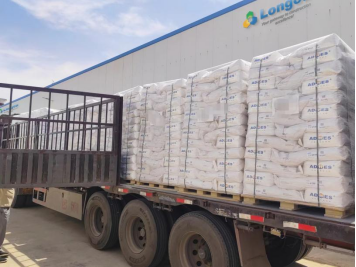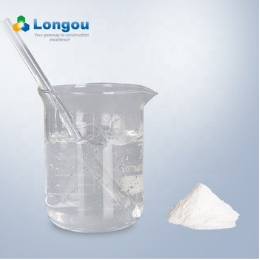Cellulose etheris a collective term for a variety of derivatives obtained from natural cellulose (refined cotton and wood pulp, etc.) through etherification. It is a product formed by the partial or complete substitution of hydroxyl groups in cellulose macromolecules by ether groups, and is a downstream derivative of cellulose. After etherification, cellulose is soluble in water, dilute alkali solutions, and organic solvents, and has thermoplastic properties. There are a wide variety of cellulose ethers, widely used in industries such as construction, cement, coatings, pharmaceuticals, food, petroleum, daily chemicals, textiles, papermaking, and electronic components. According to the number of substituents, it can be divided into single ethers and mixed ethers, and according to ionization, it can be divided into ionic cellulose ethers and non ionic cellulose ethers. At present, the production process of ionic cellulose ether ionic products is mature, easy to produce, and the cost is relatively low. The industry barrier is relatively low, and it is mainly used in the fields of food additives, textile additives, daily chemical industry, etc. It is the main product produced in the market.
At present, the mainstreamcellulose ethersin the world are CMC, HPMC, MC, HEC, etc. Among them, CMC has the largest production, accounting for about half of the global production, while HPMC and MC account for about 33% of the global demand, and HEC accounts for about 13% of the global market. The most important end use of Carboxymethyl cellulose (CMC) is detergent, accounting for 22% of the downstream market demand. The other products are mainly used in building materials, food and medicine fields.
Post time: Jul-13-2023





